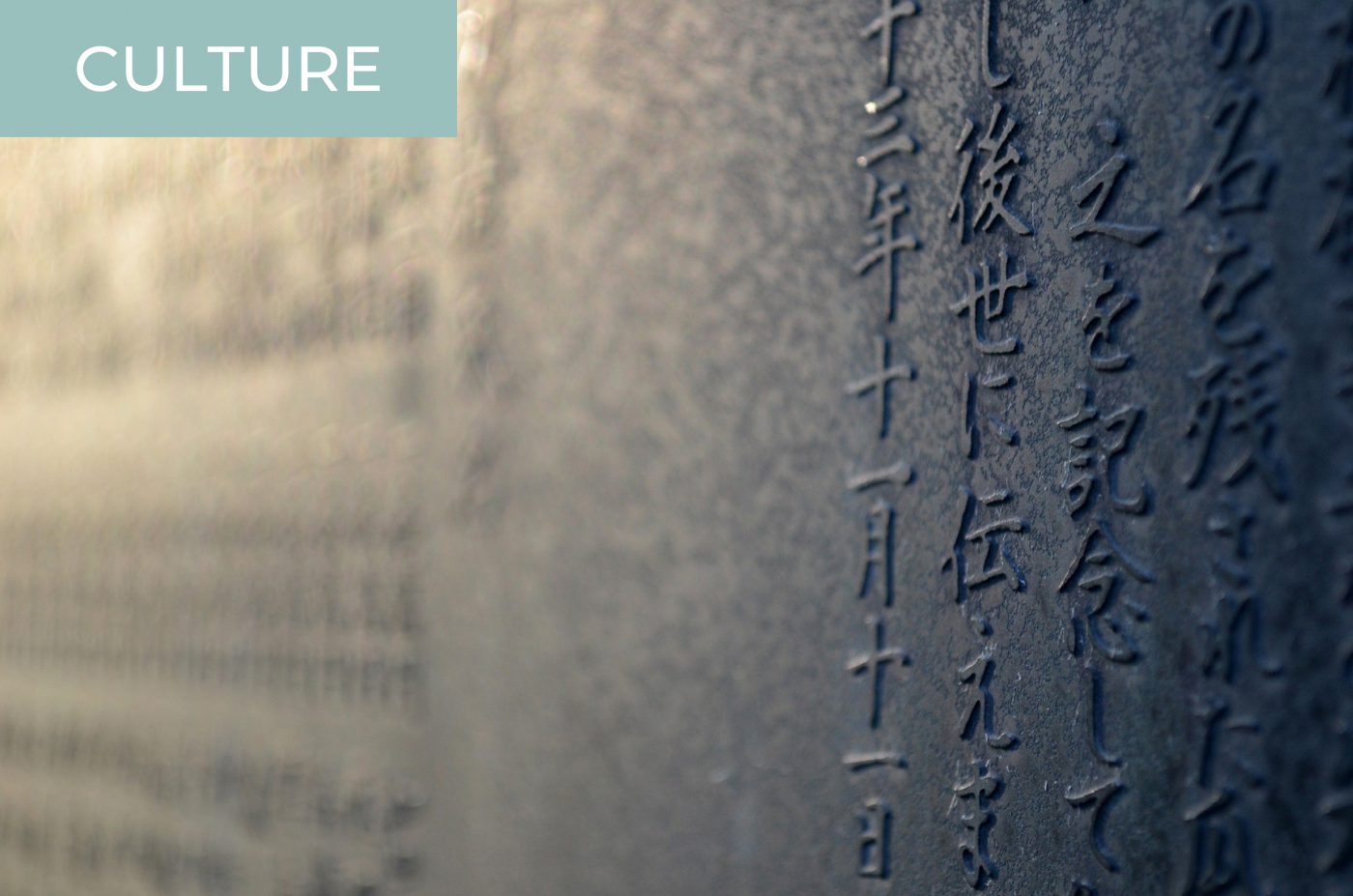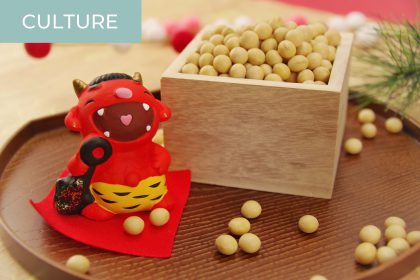For upper-intermediate Japanese learners, successfully reading blog posts, newspapers, and magazine articles can feel like winning what I call the “kanji lottery.” Daily communications such as text messages and e-mails are second nature, as they contain commonly used kanji characters that have been drilled into our brains through years of practice and use. However, trying to read a legal contract or technical article knocks us right off our high horses, making us feel like beginners all over again. Indeed, life as an upper-intermediate reader of Japanese is a strange, quasi-literate existence.
As someone who has been speaking, studying, typing, and reading Japanese for over a decade, it’s often difficult to articulate my progress in the language to people I meet while visiting my old stomping grounds in the U.S. When I mention how long I’ve lived in Japan, I’ll often hear something like “Wow, you must be fluent in Japanese by now.” Am I proficient? Yes. Fluent? Well, that depends on one’s definition of fluency. When it comes to literacy, the ability to read and write Japanese, explaining my ability becomes much more complicated.
I can live my life in Japanese but there are still so many things that I struggle to read and comprehend. After 10 years of living in Japan, how is that possible?
In this article, I’ll walk you through what it takes to become fully literate in Japanese. This article is meant for those who have never studied Japanese. However, those of you who want to relive the joy and anguish of learning basic kanji are welcome to come along for the ride.
A Brief Breakdown of Written Japanese
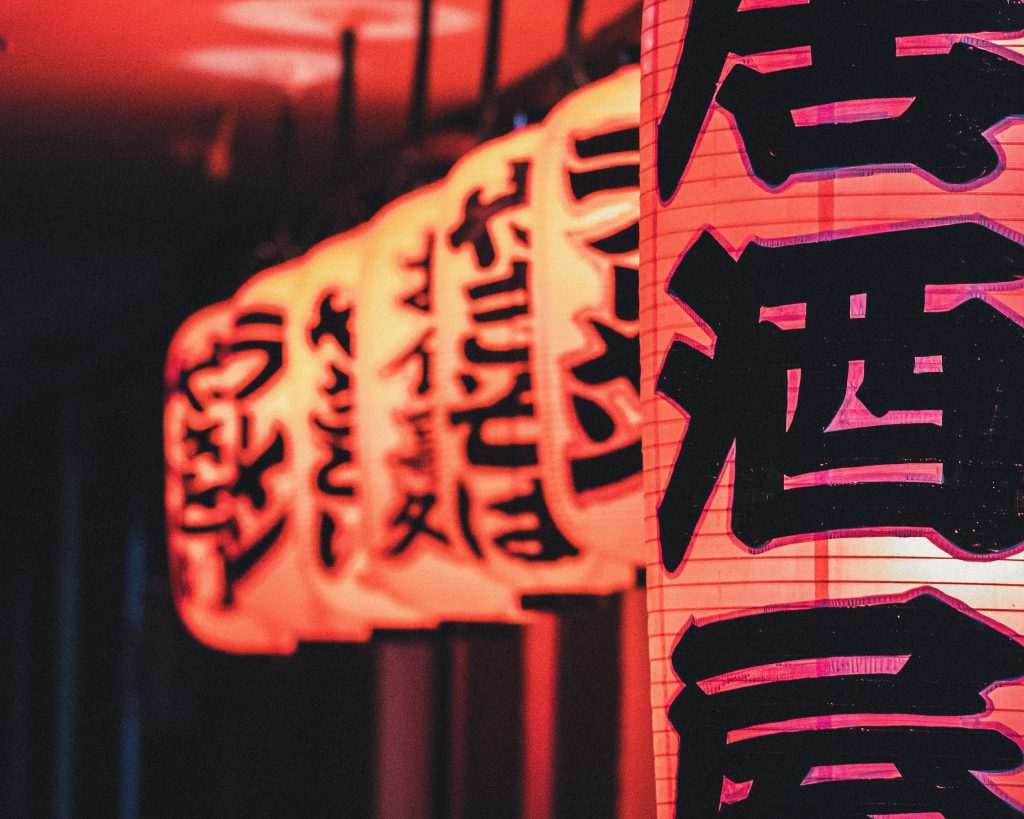
Written Japanese consists of three alphabets. This article will focus on kanji which consists of thousands of complex characters directly imported from the Chinese language. Next up is hiragana. The 46 characters in this alphabet are original Japanese creations—simplified renditions of kanji characters. And finally, we have katakana, another set of 46 simplified characters that are almost exclusively used for words imported from other languages.
Although it might seem intimidating at first, learning to read and write the 92 total hiragana and katakana characters is something that almost anyone can accomplish with a few weeks of dedicated effort. Kanji, however, is what breaks most Japanese learners. And as you’ll see, this is with good reason.
Enter the Joyo* Kanji
Although there are tens of thousands of potential kanji characters to learn, the Japanese government has graciously determined that “only” 2,136 characters are sufficient to become a functioning, literate member of Japanese society. Piece of cake, right? With enough dedication and persistence, anyone can learn to read and write 2,000 or so characters, right? Not so fast. If only it were that easy…
Much to the dismay of Japanese learners, each kanji character has multiple sounds (or readings) and multiple meanings. Kanji characters are logographic so, if you’re lucky, a single kanji character may stand for a single concept. In reality, however, you’ll find that one character can be used in a myriad of situations. So what does this look like in practice? Read on for an interactive lesson on how all of this works.
A Case of the Mondays

Let’s take a quick look at three kanji characters. First, we have 月, which can be pronounced as “tsuki” and means “moon.” Next, let’s learn 曜, which can be pronounced as “yo” and means weekday. Finally, we have 日, which can sound like “nichi” and means a “counter for days.”
Put all of the above together, and you get 月曜日 which means Monday. Based on what you’ve learned so far, how would you say 月曜日? “tsukiyonichi,” right? Unfortunately, that’s not the case. 月曜日 is pronounced “getsuyobi.”
How is this possible? That’s because each character in 月曜日, with the exception of 曜, has multiple readings and meanings. To get an idea of how many, take a look at the dictionary entry for 月.
To be fair, you don’t need to memorize all of the readings for each kanji character to achieve literacy—just the most common ones. Additionally, the above example is intentionally misleading to make a point. Formal classes and study programs will introduce Japanese alphabets and kanji in a more (but far from perfect) logical order.
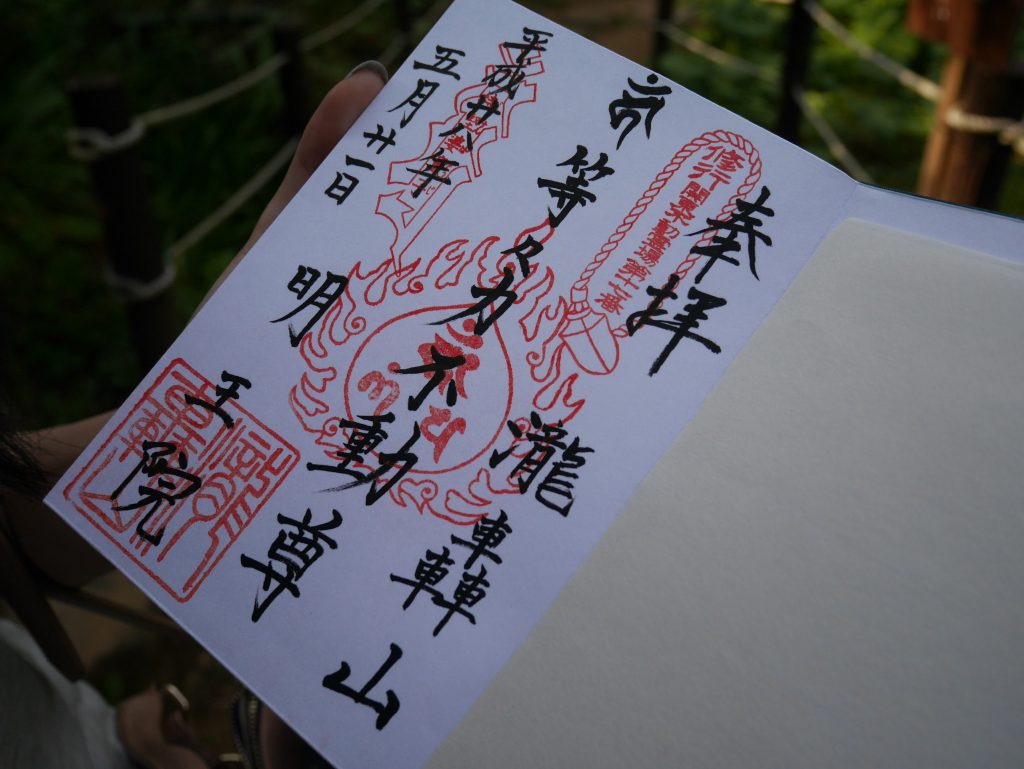
Solving the Puzzle
By this point, you must be wondering why there are so many readings and when and how each reading should be used. Long story short, some readings are adopted and adapted from Chinese while others are Japanese originals. There are plenty of resources out there to learn the details and history behind this, and my colleague, David, can get you started via this article. The point that I’m trying to illustrate here is that in reality, fully understanding kanji is a massive undertaking that far exceeds the rote memorization of 2,136 characters.

All Hope Is Not Lost
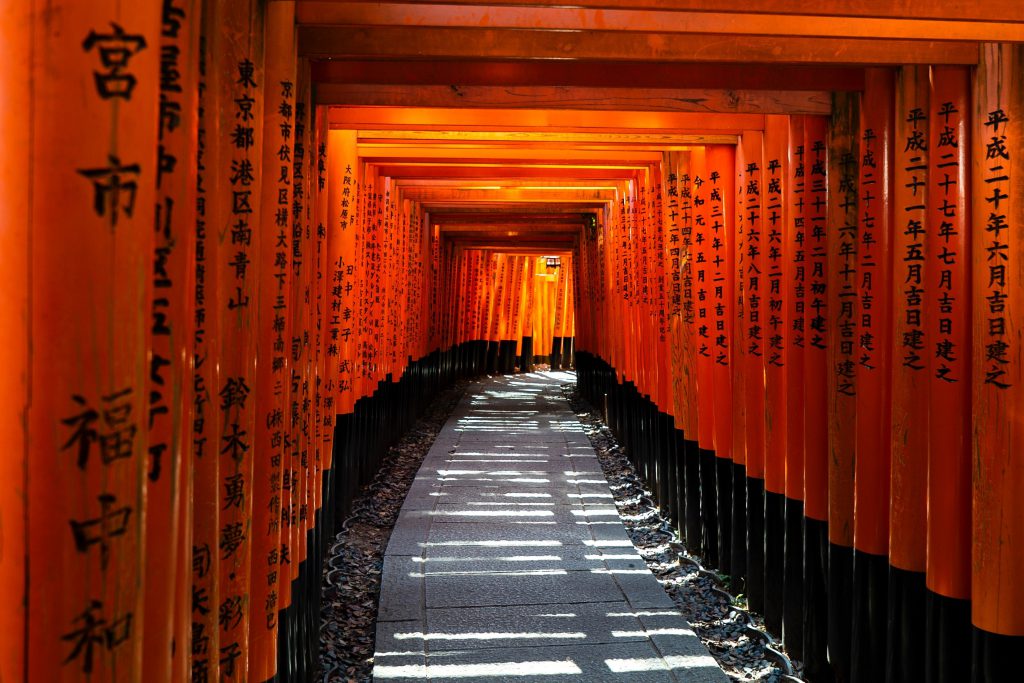
By now you can see how becoming fully literate in Japanese can easily grow into a lifelong journey. Fear not, however. Grab some duct tape and get ready to piece together your shattered dreams of learning Japanese.
Plenty of people all over the globe, from students to professionals, have become literate in Japanese—some have done so in as little as two years! If you are planning to major in Japanese as a student, your path will be clearly laid out for you with a solid curriculum, textbooks, and hopefully, a superb instructor, ensuring your path to victory.
If you’re a busy shakaijin like me, however, you’re going to need a plan and some hacks—often involving technology. You might not learn everything in two years, but you will eventually become literate. Sound intriguing? Ready to take the plunge?
In the next article of this two-part series, I’ll cover some of the most popular kanji learning methods for busy professionals. The path to Japanese literacy is long, arduous, and paved with both triumphs and failures. However, with persistence, diligence, and patience, it is possible to complete the journey to literacy.
*There are multiple ways to represent written Japanese characters as roman letters. For this article, I opted to use roman spellings that will help those who have never studied Japanese easily understand what a word sounds like. Unfortunately, this style lacks the nuances of precise Japanese pronunciation. You can learn more about converting Japanese characters to roman letters here.

